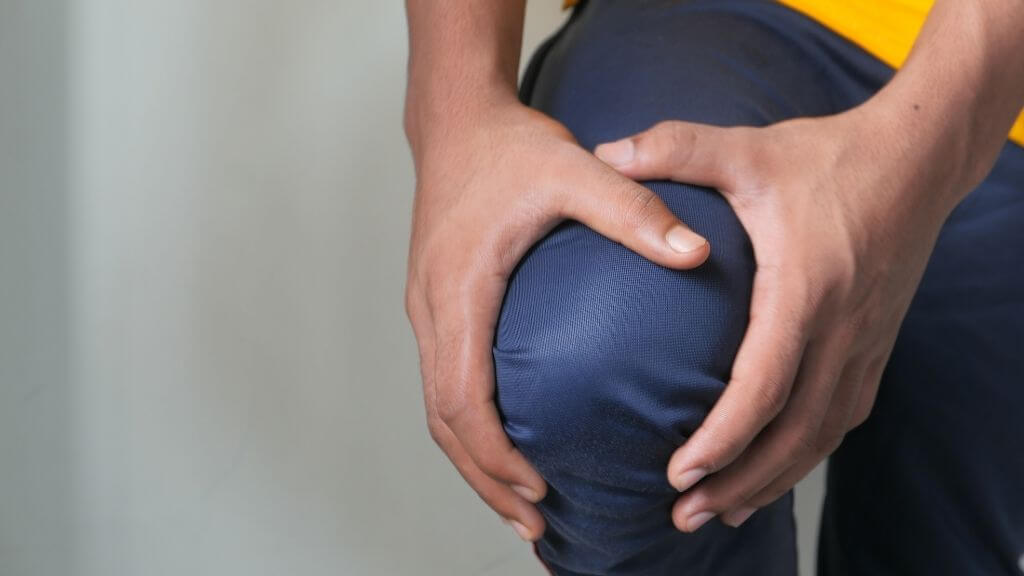Rucking, or carrying a weighted backpack, is a great way to add resistance training to your workout routine. But how bad is rucking for your body?
Rucking can be beneficial for increasing strength and endurance, but it can also be harmful if done incorrectly. Here are three things you need to know about rucking before you start adding weight to your pack.
How Bad is Rucking for Your Body?
Rucking is a popular fitness activity that has many benefits, but it can also be harmful to your body if you’re not careful. Rucking is done by walking with a weighted backpack, and it can be a great way to improve your cardiovascular health, strengthen your muscles, and lose weight. However, if you’re not used to it, rucking can cause pain in your back and joints.
Here is how rucking is affecting your body:
Knees

When you’re rucking, you’re putting stress on your knees. This can cause pain and even damage to the joint over time.
If you have any existing knee problems, rucking is probably not a good idea for you.
Even if you don’t have any issues with your knees, it’s still important to take care when rucking. Make sure to stretch properly and warm up properly before hitting the trail.
If you do these things, you can minimize the risk of injury and enjoy your rucking experience safely and happily. Rucking is a relatively simple activity, but it can be surprisingly technical.
If you’re new to rucking, start slowly and build up gradually. Wear a backpack that’s weighted appropriately for your body size (start with 10-15% of your body weight) and fitness level. And always take breaks when needed. If you have any existing knee injuries or conditions, consult your doctor before starting a rucking program.
Back

Rucking – carrying a heavyweight on your back for an extended period of time – is a popular way to train for strength and endurance. However, this type of exercise can be hard on your body, particularly your back.
Rucking can cause back pain, especially if you’re not used to it. You may also experience muscle strains or other injuries if you’re not careful.
To minimize the risk of injury, start slowly and gradually increase the weight you’re carrying. Make sure you warm-up and stretch properly before each ruck, and take plenty of breaks if needed. If you experience any pain or discomfort, stop immediately and seek medical attention.
Overall, rucking is a great way to build strength and endurance – but it’s important to be aware of the potential risks involved.
Posture

Poor posture is one of the most common problems caused by rucking. When you carry a heavy pack on your back, your body is forced to adjust its alignment in order to maintain balance. This can cause you to hunch over, which can lead to back pain and other health problems.
To avoid these problems, it is important to maintain good posture while rucking. Keep your head up and your shoulders back. Tuck in your chin so that your neck is in line with your spine. Try to keep your back straight.
The Good News
Rucking is a great way to get in shape and improve your overall health. However, you do need to be mindful of limits. If you overdo it, you can cause some damage to your body.
Be sure to start slow when you begin rucking and increase the intensity gradually so you will avoid any dangerous situation. Also, make sure to take breaks often and drink plenty of water. If you follow these simple tips, you can enjoy the many benefits of rucking without harming your body.
Rucking has Benefits, Too
Rucking, or walking with a weighted backpack, is a great exercise for overall fitness and weight loss. But did you know that rucking has benefits that go beyond just burning calories? Rucking can improve your cardiovascular health, increase your strength and endurance, and even help to prevent common injuries.
Rucking is a low-impact exercise that is easy on your joints. It is a great way to get in some cardio without putting too much stress on your body. Rucking can also help to improve your endurance and strength. The weight of the backpack will challenge your muscles and force them to work harder than they would if you were just walking. This can lead to increased muscle mass and strength.
Rucking can also help to prevent common injuries. When you are carrying a weighted backpack, you are working all of the muscles in your body.
Conclusion
So, how bad is rucking for your body?
Rucking is not bad for your body as long as you are mindful of how much you are rucking and how often. Be sure to mix up your workouts and give your body time to rest in between rucking sessions. Rucking can be a great way to get fit, lose weight, and improve your overall health.



